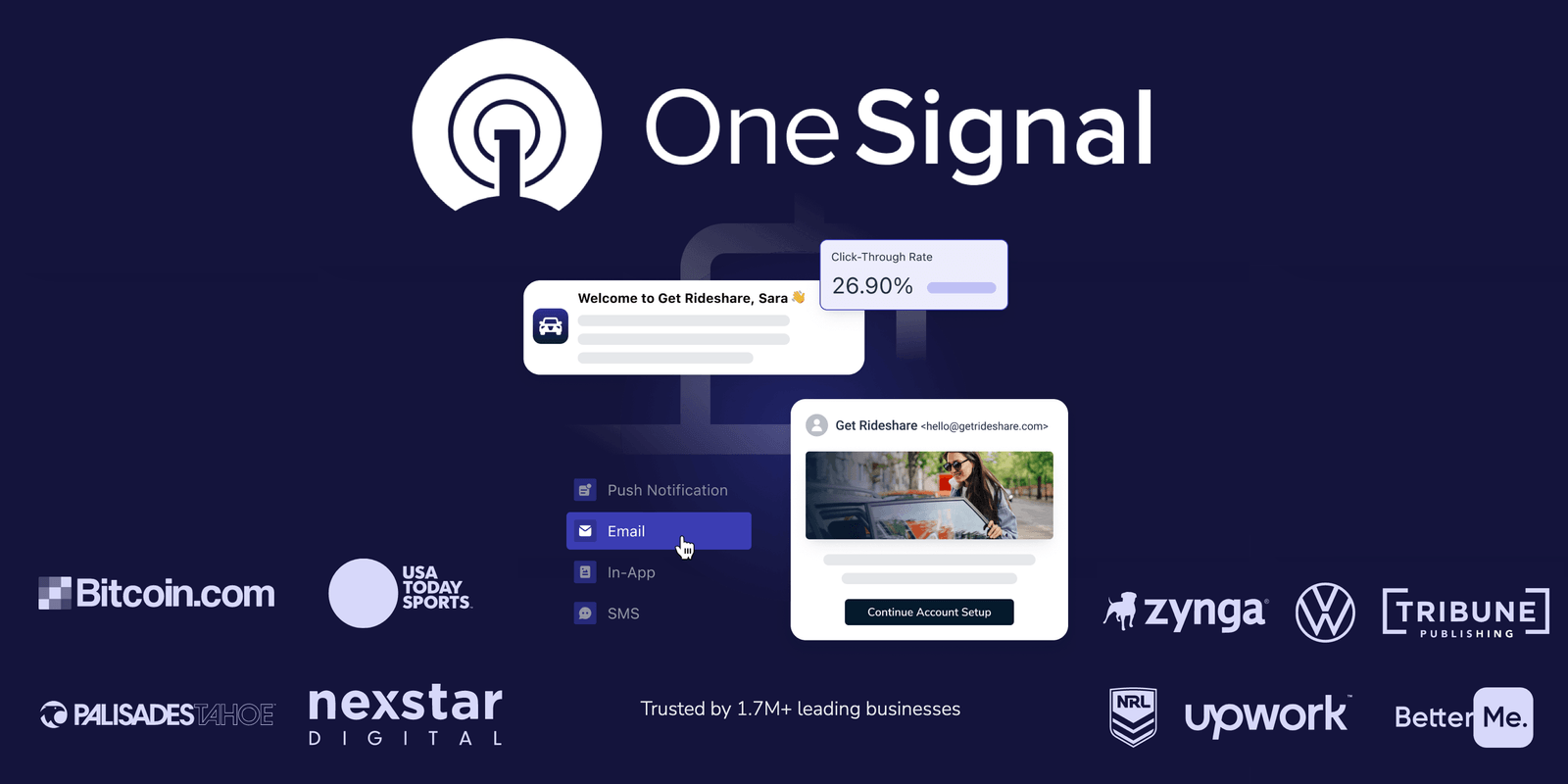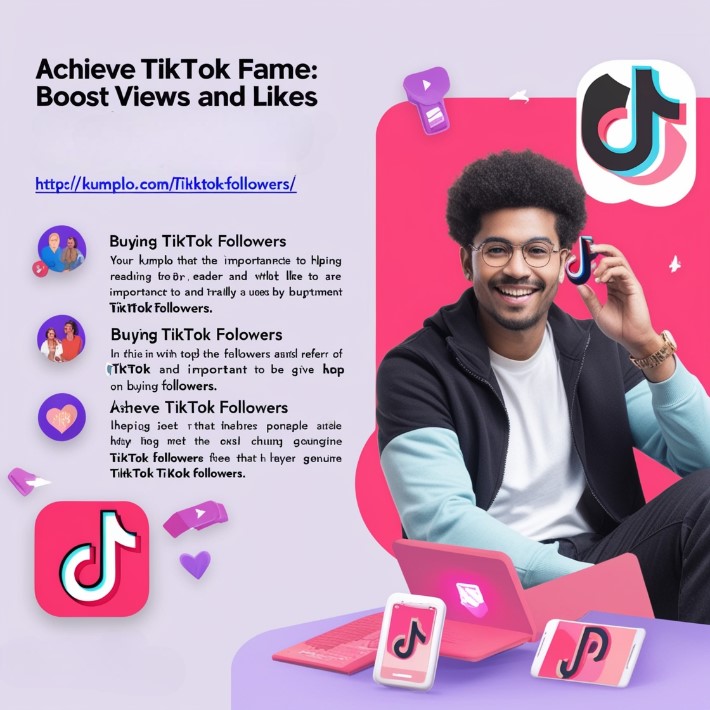In today’s highly competitive app landscape, keeping users engaged is paramount to long-term success. One of the most effective ways to maintain engagement is through push notifications and in-app messaging. OneSignal is a popular platform in this space, but it’s not the only option for businesses looking to engage users through these channels.
In this post, we’ll take a look at OneSignal competitors—exploring different platforms in the in-app engagement space. We’ll compare features, strengths, and weaknesses, ultimately helping businesses make informed decisions on which platform best suits their needs.
Why In-App Engagement Matters
Before diving into the specifics of each platform, it’s important to understand why in-app engagement tools like push notifications, in-app messaging, and gamification are so crucial to app success.
In-app engagement helps businesses:
- Retain users by providing timely and relevant content.
- Increase conversions by nudging users toward specific actions, like purchases or feature adoption.
- Build a connection with users by delivering personalized experiences based on their behavior.
These tools, when used correctly, provide an easy way to keep users engaged, guide them through the app, and ensure they’re getting the most out of their experience.
Overview of OneSignal
OneSignal is one of the most widely used push notifications and in-app messaging platforms. It offers a robust free tier and is especially known for its ease of integration and flexible pricing.
Key Features of OneSignal:
- Push Notifications: Send push notifications to users across different platforms (iOS, Android, Web).
- In-App Messaging: Trigger in-app messages based on user actions.
- Email Support: Includes email marketing capabilities for comprehensive engagement.
- A/B Testing: Allows you to test different messages and features to find what works best for your audience.
Why OneSignal is Popular:
- Simple to integrate with mobile and web applications.
- Flexible and developer-friendly, with detailed API support.
- Offers a generous free tier, making it an attractive choice for smaller businesses or startups.
However, while OneSignal is well-suited for many businesses, there are competitors offering unique features that may better serve certain use cases. Let’s explore some of these alternatives.
1. Plotline
Plotline sets itself apart by offering a no-code platform that enables businesses to build personalized in-app engagement tools without any technical expertise. While OneSignal is strong for general push notifications, Plotline focuses specifically on real-time personalization, gamification, and in-app experiences.
Key Features of Plotline:
- Dynamic In-App Messaging: Create personalized messages that adapt in real-time based on user behavior and interactions.
- Gamification: Build engaging experiences like spin-the-wheel or scratch card promotions, which increase user interaction and excitement.
- A/B Testing: Test different in-app messages, designs, and content to optimize user engagement.
- Real-Time User Segmentation: Segment users dynamically based on in-app actions and target them with tailored messages.
Why Plotline Stands Out:
- The no-code platform makes it easy for teams without technical backgrounds to manage and optimize engagement strategies.
- Focus on personalized, real-time experiences, which can lead to higher retention and deeper user engagement.
- The gamification features help keep users entertained while guiding them toward specific behaviors (e.g., purchases or feature use).
When to Choose Plotline: If you need a customizable, no-code solution that focuses on personalized in-app experiences, Plotline is an excellent choice. It’s especially well-suited for businesses looking for a dynamic, engaging way to interact with their users in real-time.
2. Firebase Cloud Messaging (FCM)
Firebase Cloud Messaging (FCM) is Google’s solution for push notifications across mobile and web apps. While OneSignal offers broad cross-platform support, FCM is particularly popular for developers already using Firebase as their back-end solution.
Key Features of FCM:
- Cross-Platform Push Notifications: Send notifications to both Android and iOS devices, as well as web applications.
- Targeted Messaging: Segment users and send notifications based on user attributes and behaviors.
- Integration with Firebase Ecosystem: Tight integration with Firebase tools, such as analytics and cloud functions, for deeper insights and customization.
Why FCM is a Strong Option:
- Ideal for businesses already using Firebase for app development.
- Provides a high degree of developer control through its SDKs and APIs.
- Deep integration with Firebase analytics allows businesses to understand user behavior and target notifications accordingly.
When to Choose FCM: FCM is best suited for developers who need an integrated, highly customizable push notification solution and are already working within the Firebase ecosystem.
3. Airship
Airship (formerly known as Urban Airship) is a platform focused on omnichannel engagement, providing businesses with powerful tools for push notifications, SMS, email, and in-app messaging. It’s designed for businesses that need a robust, enterprise-level solution for user engagement.
Key Features of Airship:
- Omnichannel Support: Manage messaging across multiple channels, including push notifications, SMS, email, and web notifications.
- Advanced Automation: Set up sophisticated workflows for triggered messages, drip campaigns, and behavior-based messaging.
- Segmentation and Personalization: Target specific user segments and send personalized messages to increase relevance.
- A/B Testing and Analytics: Test different approaches and gain deep insights into user behavior and messaging performance.
Why Airship Stands Out:
- Powerful for large-scale operations that need to handle multi-channel communication.
- Offers advanced segmentation, automation, and personalization features that appeal to enterprise-level businesses.
When to Choose Airship: If you’re running an enterprise-level app with a need for cross-channel messaging and advanced user segmentation, Airship offers a robust solution for managing user engagement at scale.
4. Pusher Beams
Pusher Beams is another player in the push notification space, known for its emphasis on real-time push notifications. It focuses on providing a developer-friendly solution with a straightforward API and SDK for integration.
Key Features of Pusher Beams:
- Real-Time Notifications: Allows businesses to send real-time, personalized notifications to users.
- Developer-Focused: Simple API and SDKs make integration quick for developers.
- Targeted Messaging: Send notifications based on user segments and interactions.
Why Pusher Beams is a Great Choice:
- Excellent for businesses needing real-time notifications and a developer-friendly platform.
- Simple integration and fast setup make it ideal for teams with development resources.
When to Choose Pusher Beams: If you need a simple, real-time push notification solution and have a development team in place to handle the integration, Pusher Beams is a great choice.
Final Thoughts
In-app engagement is crucial for retaining users and ensuring they get the most out of your app. While OneSignal remains a widely used platform for push notifications and in-app messaging, numerous alternatives offer unique features and capabilities.
Plotline, for example, offers a no-code, real-time personalization approach that makes it easier for businesses to optimize user engagement without relying heavily on technical resources. By recognizing the strengths and limitations of various platforms, businesses can make better-informed choices and select the solution that best suits their needs.



